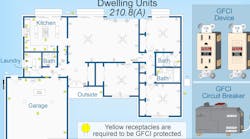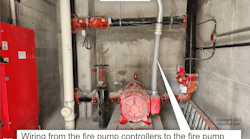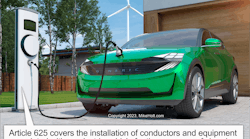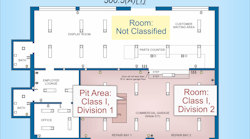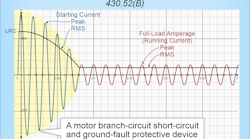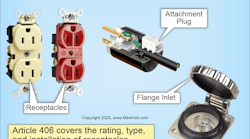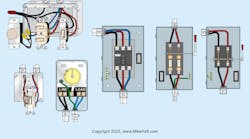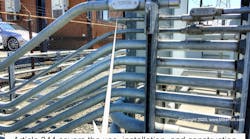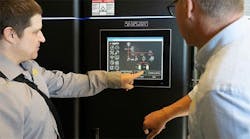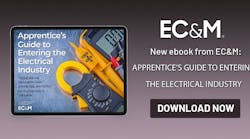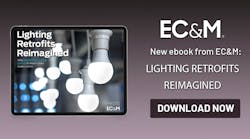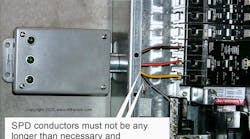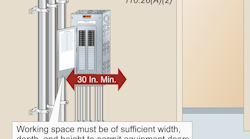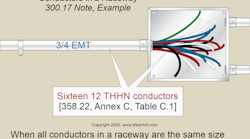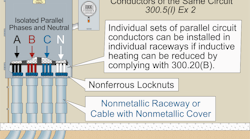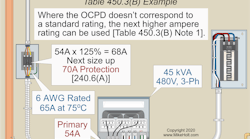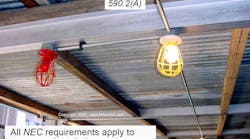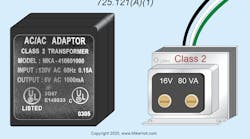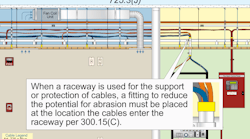Code Basics
Understanding the foundation of the National Electrical Code and applying its principles on the job and in the field
Recent
Recent
NEC Requirements for Services, Part 1
April 16, 2024
NEC Requirements for Energy Storage Systems
Feb. 15, 2024
NEC Requirements for GFCIs and AFCIs
Jan. 17, 2024
NEC Requirements for Fire Pumps
Dec. 13, 2023
NEC Requirements for EV Equipment
Nov. 9, 2023
NEC Requirements for Hazardous Locations
Oct. 11, 2023
NEC Requirements for Generators
Sept. 13, 2023
Highlights
Highlights
NEC Requirements for Motors – Part 2 of 2
Aug. 9, 2023
NEC Requirements for Motors – Part 1 of 2
July 12, 2023
NEC Requirements for Receptacles
June 14, 2023
NEC Requirements for Switches
May 9, 2023
NEC Requirements for Metal Conduits
April 14, 2023
NEC Requirements for Overvoltage Protection
March 10, 2023
NEC Requirements for Working Clearances
Feb. 9, 2023
Wiring Methods, Part 2 of 2
Jan. 12, 2023
Wiring Methods, Part 1 of 2
Dec. 16, 2022
NEC Requirements for Transformers
Oct. 13, 2022
Temporary Installations
Sept. 14, 2022
Remote Control and Signaling Circuits, Class 2
Aug. 10, 2022
Remote Control and Signaling Circuits, Class 1
July 12, 2022


